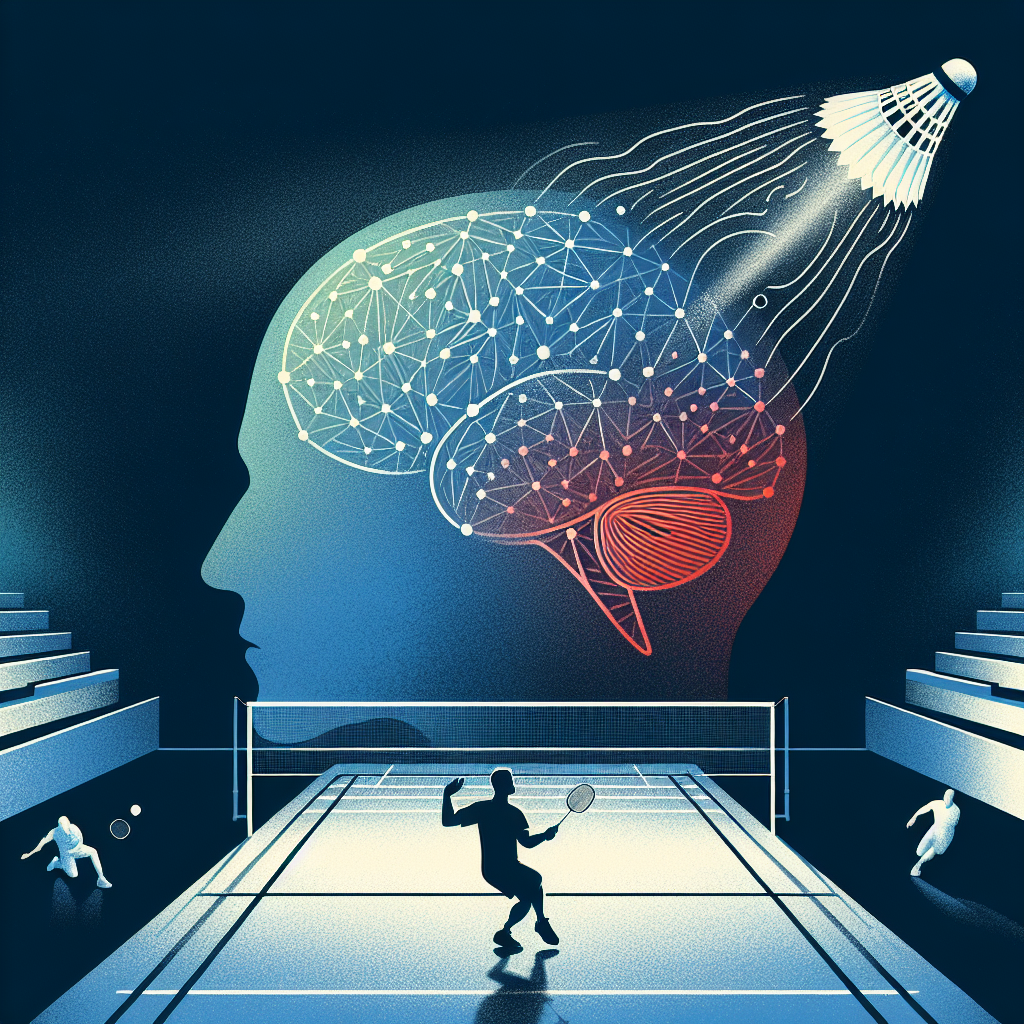The Psychological Challenges of Shuttle Flash Badminton Competitions
Badminton, often perceived as a leisurely backyard activity, demands remarkable agility, strategic thinking, and psychological resilience at competitive levels. Shuttle flash badminton competitions, in particular, present unique psychological challenges that players must navigate to succeed. In this blog post, we delve into these mental hurdles, exploring how athletes can overcome them to excel on the court.
Table of Contents
1. Introduction
2. Understanding the Pressure Cooker: The Competitive Environment
3. Coping with Performance Anxiety: Keeping Nerves in Check
4. The Role of Focus and Concentration in High-Stakes Matches
5. Dealing with Unpredictability: Fast-Paced Game Dynamics
6. Strategies for Building Mental Resilience
7. Conclusion
8. FAQs
Understanding the Pressure Cooker: The Competitive Environment
Shuttle flash badminton competitions are not just about physical prowess; they are a mental battlefield. The intense atmosphere, roaring crowds, and the high stakes of each match can create a pressure cooker environment. Players often find themselves grappling with the overwhelming weight of expectations—both their own and those of their coaches, fans, and sponsors.
In such settings, maintaining composure is crucial. The ability to stay calm under pressure is what separates the champions from the rest. It’s not uncommon for players to experience moments of self-doubt, questioning their abilities and previous preparations. However, recognizing these feelings and managing them is key to thriving in competitive badminton.
Coping with Performance Anxiety: Keeping Nerves in Check
Performance anxiety is a common foe for badminton players. The fear of failure, the desire to impress, and the worry of making mistakes can lead to crippling anxiety that affects performance. This anxiety can manifest physically, causing shaky hands, sweaty palms, and increased heart rate, or mentally, leading to negative self-talk and lack of focus.
To combat performance anxiety, athletes often employ techniques such as deep breathing exercises, visualization, and positive affirmations. These strategies help in calming the mind and refocusing energy on the task at hand. Additionally, developing a pre-match routine can provide a sense of control and familiarity, reducing anxiety levels.
The Role of Focus and Concentration in High-Stakes Matches
Focus and concentration are paramount in shuttle flash badminton. The fast-paced nature of the game requires players to make split-second decisions, react swiftly to opponents’ moves, and adapt strategies on the fly. Any lapse in concentration can result in lost points and momentum shifts.
Players often train their minds to remain present and engaged throughout the match. Techniques like mindfulness and meditation are frequently integrated into training regimens to enhance concentration. By honing their mental focus, athletes can maintain a competitive edge, even in the most challenging situations.
Dealing with Unpredictability: Fast-Paced Game Dynamics
The unpredictable dynamics of shuttle flash badminton add another layer of psychological complexity. Players must be adaptable, thinking on their feet as the game evolves. The shuttlecock’s rapid speed and erratic movements demand quick adjustments and strategic shifts.
To handle unpredictability, players cultivate mental agility through scenario-based training and simulation exercises. By preparing for various in-game situations, they build the confidence needed to tackle unexpected challenges head-on. This proactive approach not only enhances performance but also boosts mental fortitude.
Strategies for Building Mental Resilience
Mental resilience is a critical component of success in shuttle flash badminton competitions. Athletes who possess a resilient mindset can bounce back from setbacks, learn from mistakes, and maintain motivation despite challenges.
Building mental resilience involves developing a growth mindset, where failures are seen as opportunities for growth rather than as insurmountable obstacles. Support systems, including coaches, sports psychologists, and fellow players, play a vital role in fostering resilience. Regular mental conditioning exercises and reflection on personal progress further strengthen an athlete’s psychological makeup.
Conclusion
Shuttle flash badminton competitions are a true test of both physical and psychological endurance. The ability to navigate the myriad of mental challenges—ranging from performance anxiety to maintaining focus and handling unpredictability—sets successful players apart. By understanding these psychological factors and employing effective strategies, athletes can enhance their mental game and achieve excellence on the court.
FAQs
Q1: How can players improve their mental game in badminton?
A: Players can improve their mental game by practicing mindfulness, engaging in visualization techniques, and developing a pre-match routine. Working with a sports psychologist can also provide valuable insights and strategies.
Q2: What role does self-talk play in managing performance anxiety?
A: Positive self-talk can help players manage performance anxiety by reinforcing confidence and redirecting focus from negative thoughts to constructive ones.
Q3: Are there any specific exercises for enhancing concentration in badminton?
A: Yes, exercises such as meditation, focus drills, and visualization can enhance concentration. Consistent practice of these techniques helps players maintain focus during matches.
Q4: How do players prepare for the unpredictable nature of shuttle flash badminton?
A: Players prepare for unpredictability by engaging in scenario-based training, simulating various in-game situations, and developing mental agility through strategic exercises.
🎯 Remember, the mental aspect of badminton is as crucial as the physical. Equip yourself with the right strategies to conquer both! 🏸
